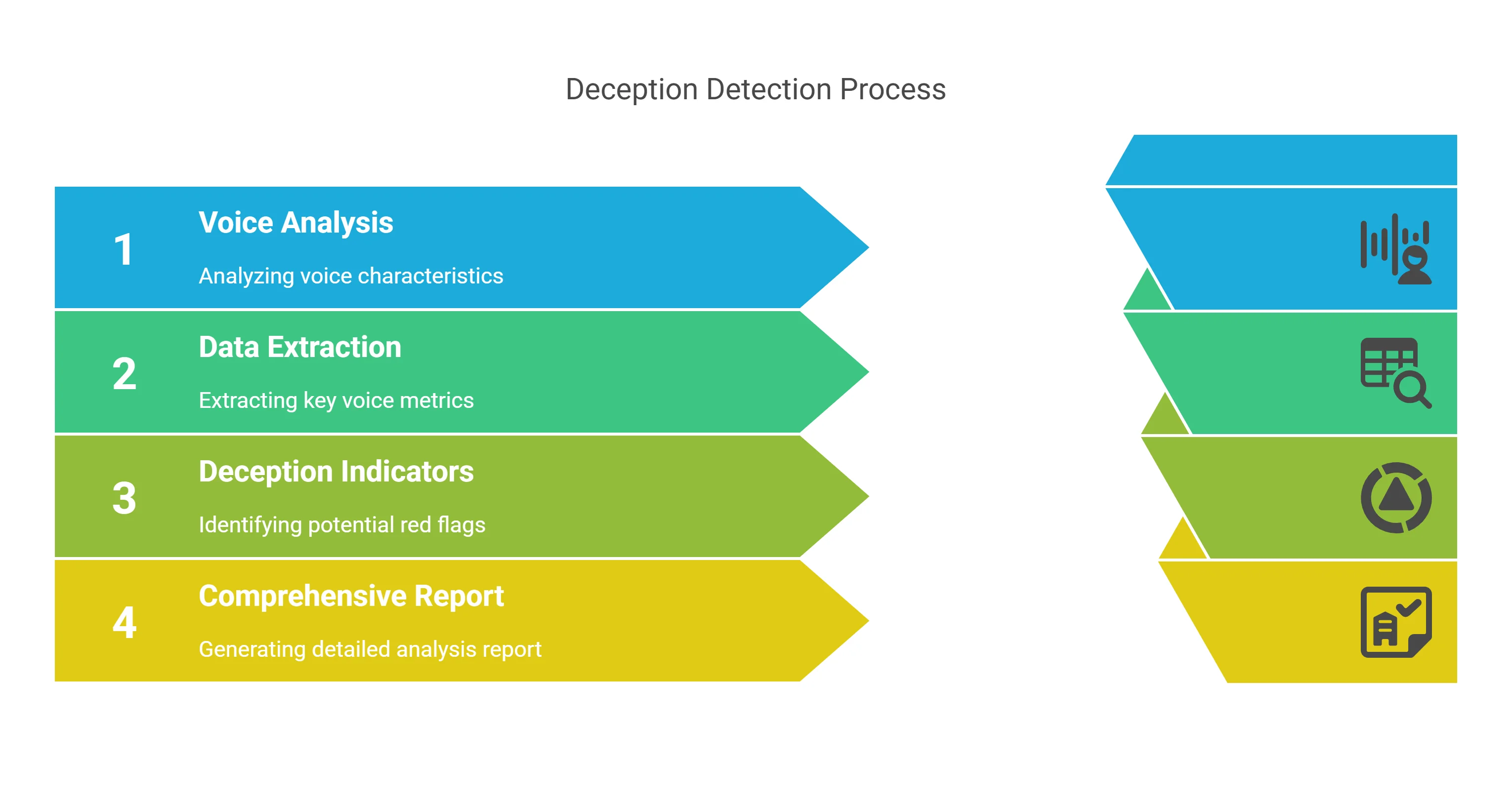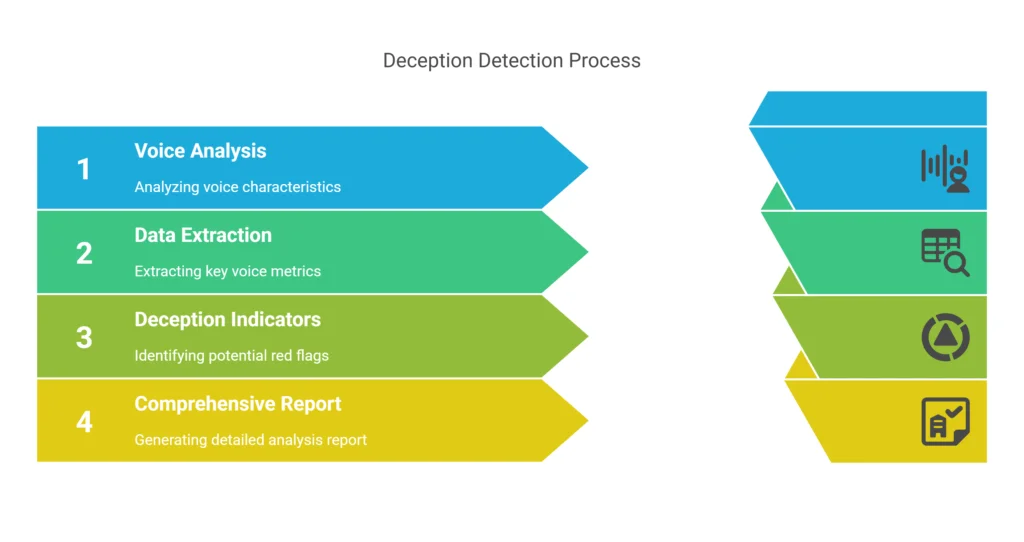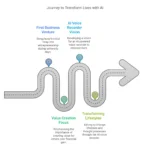
The Integration of the SCQA Model and Voice Recorders: A New Approach to Efficient Communication
Let’s talk about the origins of the SCQA model. The SCQA model was first introduced by Barbara Minto, the first female consultant at McKinsey & Company. Through her extensive experience in business, she observed that many companies struggled with disorganized communication, which significantly impacted their efficiency and decision-making. Determined to address this issue, she sought to improve the effectiveness of corporate communication.
In her book, The Pyramid Principle, Barbara Minto formally introduced the SCQA model. The model’s central idea is to use a clear logical structure to help people organize and express their thoughts more effectively. Simply put, SCQA stands for Situation, Complication, Question, Answer—four key elements that break down complex business problems into a logical framework, making communication more efficient.
However, despite its value, many companies found it challenging to implement the SCQA model in practice. The reason? While the model is a highly versatile logical framework, many organizations struggled to adapt it to real-world business scenarios. For example, industries like market analysis and product promotion could benefit from the SCQA approach, but many weren’t sure how to apply it effectively.
Later, we considered an innovative idea: combining the SCQA model with a voice recorder. By integrating this tool with a voice recorder, we could enhance communication in various settings, such as business consulting or daily interactions. This integration expanded the potential applications of the SCQA model significantly.
Why is this approach valuable? Human communication often suffers from inconsistencies due to differences in job roles, professional backgrounds, and communication styles. For instance, misunderstandings can arise between managers and subordinates or across departments due to varying logical frameworks and expression habits.
This is where the recorder comes in. By not only recording but also optimizing communication based on the SCQA framework, the tool can help streamline conversations. For example, after a discussion, the system could automatically analyze and structure the content according to the SCQA model: Situation (background and context), Complication (existing problems or conflicts), Question (core inquiry or need), and Answer (solution or conclusion).
This process transforms communication into a clear, organized format. The tool can also provide optimization suggestions, such as reminders to add missing details or tips to improve expression, making communication more effective.
In summary, this innovative tool elevates a simple voice recorder into a smart communication aid. It doesn’t just record speech—it enhances the logic and efficiency of communication. By bridging the SCQA model with practical use cases, this tool makes the framework more accessible and valuable for businesses.




